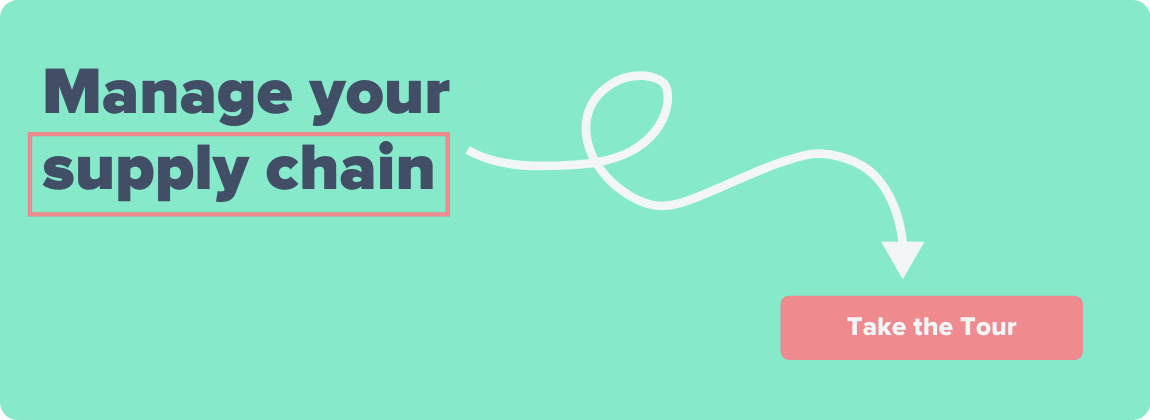What is Category Management?
Learn about:
- What category management is
- How to manage it
- Three basic rules retailers use for category management
When you group products into categories, business units, or the like, it becomes systematic, doesn’t it? This process is known as Category Management. Retail category management helps manage purchases, marketing, sales, and other retail measures on the category, in a general sense.
Category management is demanding for retailers who sell thousands of products through hundreds of categories. Suppliers and retailers typically have issues with funding and competencies when dealing with so many active categories. Some retailers address this by choosing one supplier as a category captain, someone who deals with the category as well as the competitor brands.
As customer demand grows, retailers must essentially make the most of the retail shelf space available. With category management, retail stores can manage numerous products in an outlet environment. This way, even manufacturers can save on expenses related to purchasing, by way of wiser and more lucrative procurement decisions.
Category management separates products into separate groups and helps businesses implement procurement approaches and maximize savings.
Let us take a look at three basic rules retailers can use to enhance customer value propositions and also simultaneously reap profits.
Get a Good Idea of Volumes and Margins
Retailers must learn about the volumes and margins of every item in the category. This knowledge can facilitate them to fulfill consumers’ demand and enhance sales. Their objective must be to make the most of the absolute margins that result from the shelf space, instead of paying attention to individual margins.
Compute Sales from Several Shelf Positions
To make category management much better, businesses must be aware of the impact of the shelf positions of different SKUs on sales. Sadly, it is not practical to position all items at a level where they are easily visible.
Retailers must analyze the data and determine whether the items should be placed at a higher or lower level. Besides this, they must also decide on how the items are to be arranged — based on size, brand, or taste, and in a way that could boost sales. It is a good idea to try various permutations and combinations, with a simultaneous comparison of the volumes of data to get a clear insight.
Put Your Mind and Heart into Decision-Making
Important to the process of category management is putting your mind — and your heart — into the decision making process of retail. Access to the data in this regard is key.
Many retailers depend on some suppliers who can easily get their hands on the significant data. They do not participate in decision-making. Being involved in the decision-making process can help buyer management achieve their KPIs. It can also help retailers to know relay schedules and become involved in planning discussions more effectively.
Participating in the decision-making process is fundamental for businesses so that they can be ahead of the competition.
Retail category managers and procurement policymakers through all sectors can improve profits by pinpointing the actual demand and implementing optimum pricing for all products, across time.
Related Resources
Written by The SupplyPike Team
About The SupplyPike Team
SupplyPike builds software to help retail suppliers fight deductions, meet compliance standards, and dig down to root cause issues in their supply chain.
Read More
About

SupplyPike helps you fight deductions, increase in-stocks, and meet OTIF goals in the built-for-you platform, powered by machine learning.
View SupplyPike's Website